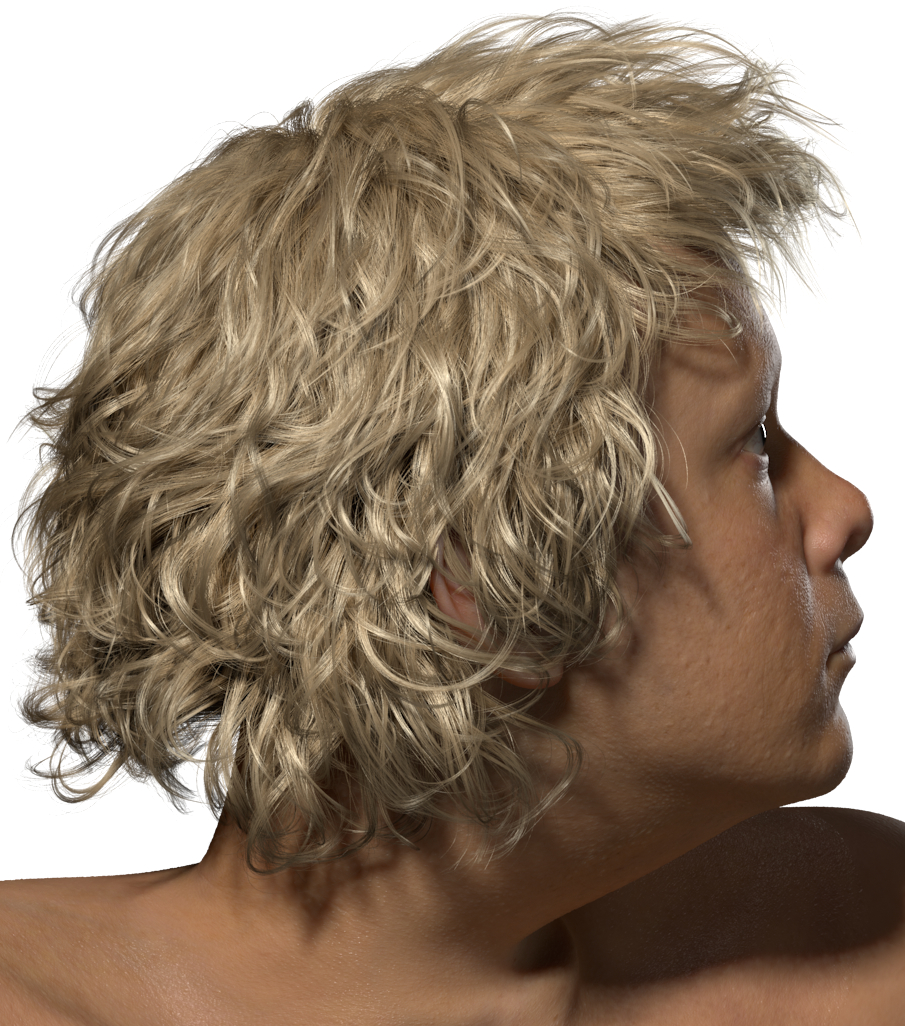Adaptive Nonlinearity for Collisions in Complex Rod Assemblies
1Columbia University 2Adobe 3Walt Disney Animation Studios 4 Weta Digital

Abstract
We develop an algorithm for the efficient and stable simulation of large-scale elastic rod assemblies. We observe that the time-integration step is severely restricted by a strong nonlinearity in the response of stretching modes to transversal impact, the degree of this nonlinearity varying greatly with the shape of the rod. Building on these observations, we propose the ADONIS collision response algorithm that adapts the degree of nonlinearity in impact solves. We illustrate the advantages of the ADONIS algorithm by analyzing simulations involving elastic rod assemblies of varying density and scale, with up to 1.7 million individual contacts per time step.
Files
BibTeX
@article{adn14,
author = "Danny M. Kaufman and Rasmus Tamstorf and Breannan Smith and Jean-Marie Aubry and Eitan Grinspun",
title = "Adaptive Nonlinearity for Collisions in Complex Rod Assemblies",
journal = {ACM Trans. on Graphics (SIGGRAPH North America 2014)},
year = 2014
}
Funding
This work was supported in part by the NSF (Grants IIS-1319483, CMMI-1331499, IIS-1217904, IIS-1117257, CMMI-1129917, IIS-0916129), the Israel-US Binational Science Foundation, Intel, The Walt Disney Company, Weta Digital, Side Effects, Autodesk, and NVIDIA.